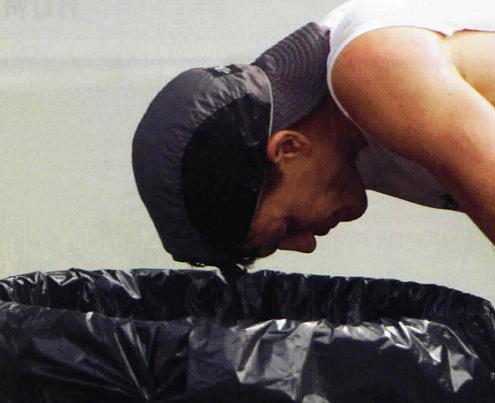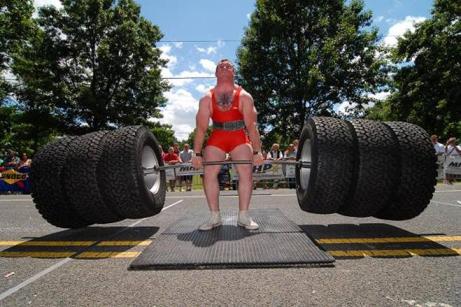Exercise is a stress on our bodies. When our bodies are able to adapt to the stress, we make progress. When we are unable to adapt efficiently, then our bodies begin to break down. The goal of this article is to give you a brief overview of the types of overtraining that occurs and how to avoid it.
There are basically 3 different types of overtraining which include sympathetic, parasympathetic and central nervous system overtraining. What does that mean? Well, here are some simple breakdowns of each category.
‘Type A’ Adrenaline Junkies

Sympathetic overtraining is probably the most common type of overtraining these days and occurs from an excessive amount of strength/anerobic activities without proper time to recover between sessions. Day to day mental stress also affects this system, so stress levels outside the gym have to be addressed and accounted for if you want to keep this balanced and healthy. Common symptoms include loss of appetite, weight loss, disturbed sleep patterns, increased resting heart rate, irritability, decrease in performance and fatigue.
Cardio Junkies

The second category is called Parasympathetic overtraining and is more commonly seen in endurance type athletes. It is caused by an excessive amount of aerobic type activity. “Cardio junkies, triathletes, runners and other distance athletes are most susceptible to this type of overtraining. Symptoms can include depression, unmotivated and a general disinterest in things.
Olympic / Power / Strongman Lifter Types
The 3rd category in central nervous system (CNS) overtraining and occurs from excessive high intensity activities such as Powerlifting, Olympic weightlifting, plyometrics, strongman and other power drills. This typically occurs when the volume of these types of activities os too high. Symptoms can include decrease in reaction rate, lower strength, poor motor skills, and decreased ability to focus.
So how can you avoid overtraining?
Planning your workouts is essential. Assessments are key to figuring out where your ability level is and then goal setting to determine where you want to go.
These days there are lots of programs that throw people into high intensity workouts and run them into the floor every time they come in the gym. Other people may jump right into plyos or running long distances. This is a recipe for disaster which can lead to overtraining, injury and more. The key to long lasting success is the ability to vary workouts between stimulating and recovering, using all three energy systems and adjusting exercise variables to allow proper progression towards your goal.
At Innovative Results we use proper alignment, exercise progression and varying intensities as the foundations of our workouts. Its not just about getting a tough workout! Varying ability levels and goals dictate the exercise selection and intensity of each workout. Over time, everyone makes progress toward their goals safely and efficiently.
Remember, there is no “one size fits all” program that works for everyone. Each person is unique and requires slightly different programs in order to perform. Taking the time to learn and apply these principles can mean the difference between positive results and frustration.
Recommended reading
You deserve more than just a great workout
3 aspects of movement that affect your workout
9 ways to renew, recover and feel your best
If you need help developing a program, fill out the form below and a member of our training team will contact you!
We work with clients all over Southern California and have helped thousands of women, men and athletes look better, feel better and perform better!
Resources:
“Ultimate MMA Conditioning” Joel Jamieson. 2009 Peak Performance Inc.
“Acute Exercise Variables” Tony Bruno. AB&C Fitness.

